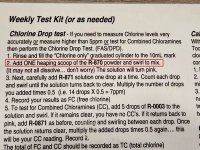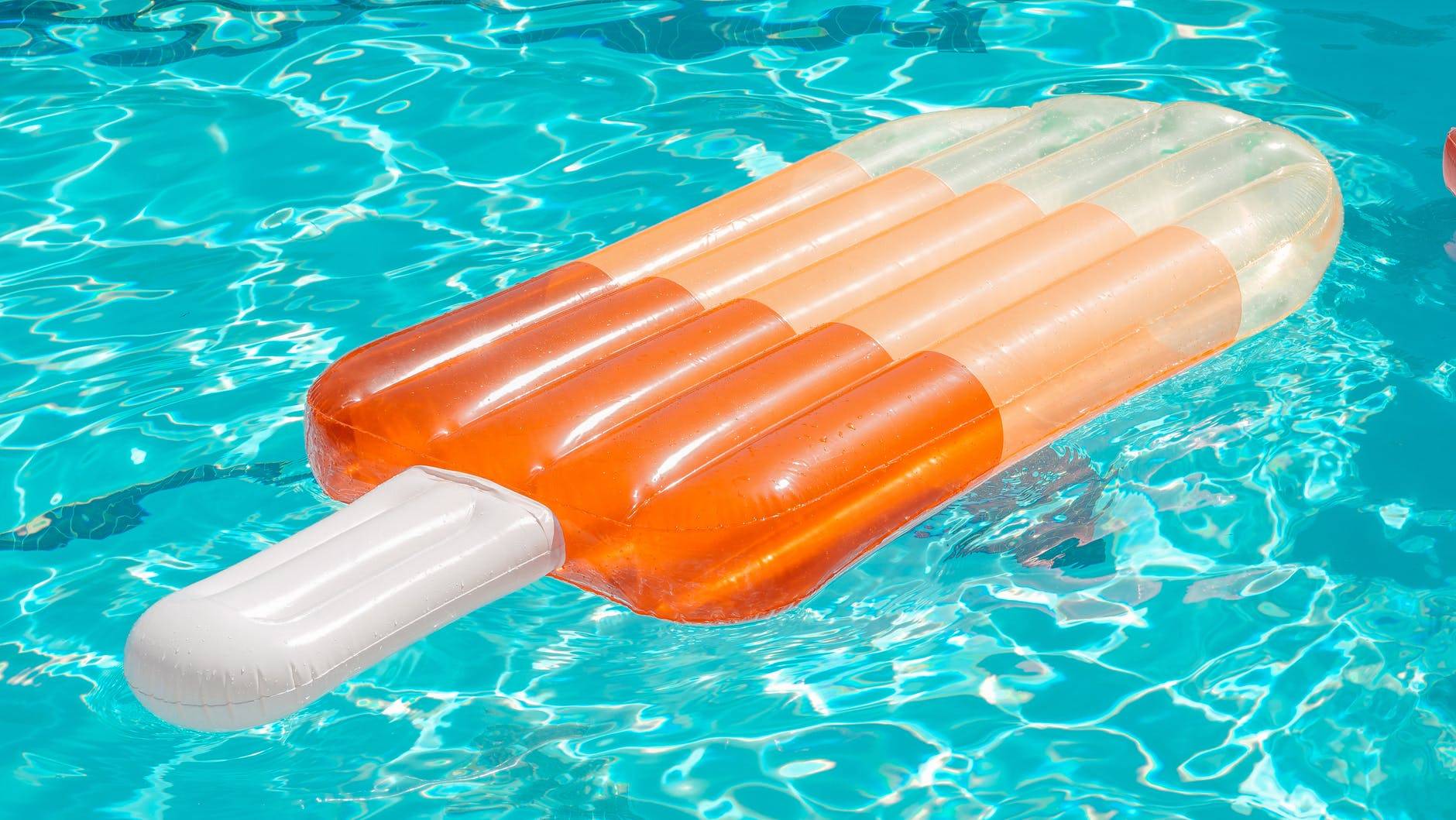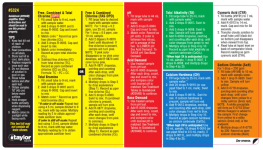So basically my question is simple.
If I’m using the 10ml sample, do I use one or two scoops?
Reason I ask is because I read somewhere on this forum that it’s only 1 scoop. But the instructions on the k-2006c never mentions 1 scoop for the 10ml sample. Any thoughts?
If I’m using the 10ml sample, do I use one or two scoops?
Reason I ask is because I read somewhere on this forum that it’s only 1 scoop. But the instructions on the k-2006c never mentions 1 scoop for the 10ml sample. Any thoughts?



 kind of thing but a new customer in the middle of a season I may try the second scoop if it didn't turn pink but honestly it never happened yet.
kind of thing but a new customer in the middle of a season I may try the second scoop if it didn't turn pink but honestly it never happened yet.
